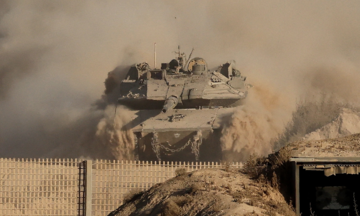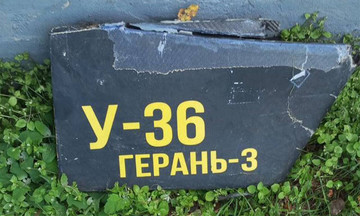As the aging Soviet-era propeller plane touched down on a rural Ukrainian airstrip, two servicemen emerged, one carrying a rifle.
The pilot, a 56-year-old hobbyist flyer before the conflict with Russia began in 2/2022, and the 38-year-old gunner, formerly a car mechanic who had never been in a plane before, are part of a squadron tasked with eliminating Russian reconnaissance and attack drones.
Colonel Mykola Lykhatskiy, deputy commander of Ukraine's 11th Air Brigade, said that over the past year, this unlikely aircrew has flown about 300 combat missions and downed almost half of the 120 drones the unit has destroyed.
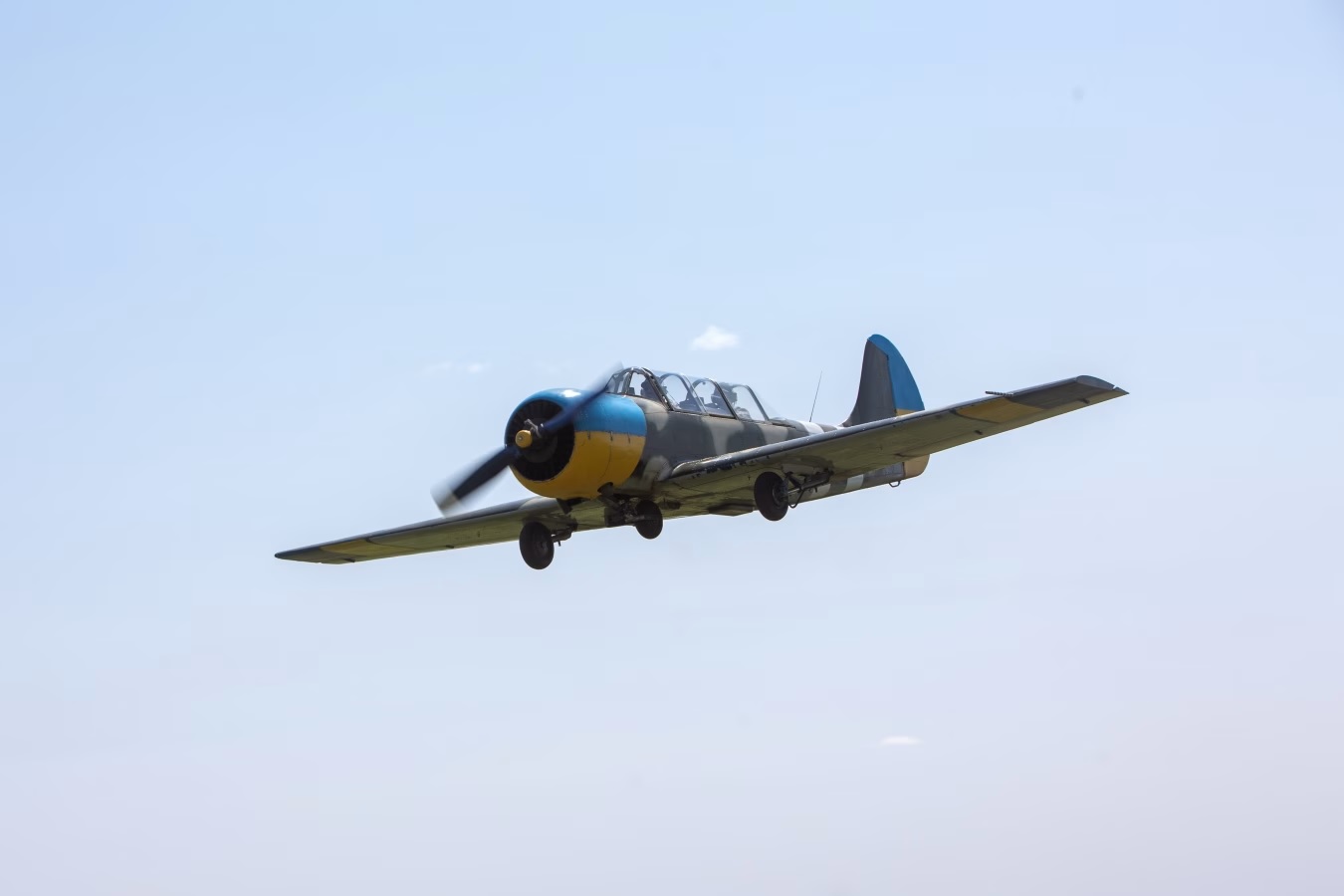 |
The Ukrainian air force's Yak-52. Photo: WSJ |
The Ukrainian air force's Yak-52. Photo: WSJ
Ukraine possesses some modern Western air defense systems, including Patriot missiles and F-16 fighter jets, sometimes used to intercept incoming Russian missiles and drones targeting cities. They have also developed other effective, lower-cost tactics to counter Russian air attacks, such as using nets and signal jamming systems.
Ukrainian forces also employ heavy machine guns mounted on pickup trucks to combat Russian suicide drones. Others utilize old Soviet-era missiles launched from repurposed shipping containers.
When a drone appears on military radar screens, the 11th Brigade's pilots scramble to their two-seat Yak-52 training aircraft. The small plane, with its sliding canopy, is reminiscent of World War II-era aircraft. They typically take off within 15 minutes.
They employ a tactic dating back to World War I, with the plane approaching the target at close range and the gunner leaning out of the cockpit to fire.
The Yak-52 is so basic that it lacks its own radar and must fly during daylight hours. The crew receives directions via radio before visually acquiring the target. The cockpit is frigid in winter, necessitating thick jackets, gloves, and fur-lined flight helmets.
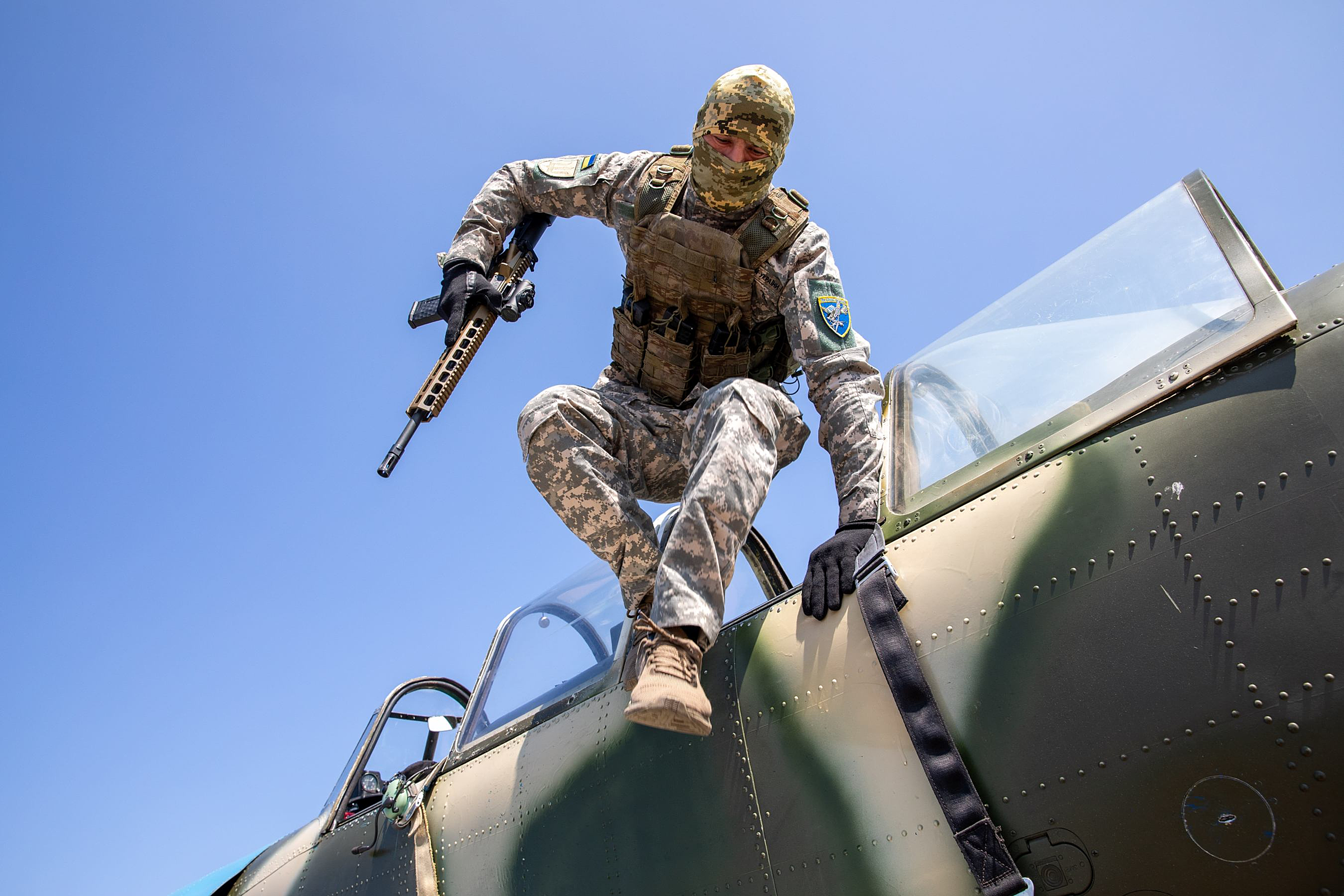 |
Ukrainian servicemen jump from the cockpit of a Yak-52. Photo: WSJ |
Ukrainian servicemen jump from the cockpit of a Yak-52. Photo: WSJ
The pilots stay close to their aircraft, ready to respond to orders. Their first plane was destroyed in a Russian missile attack on the 11th Brigade's base. They were subsequently issued another Yak.
Their primary targets are Orlan and Zala reconnaissance drones. These propeller-driven drones, resembling miniature airplanes or kites, fly at 185 km/h, easily pursued by the Yak, which can reach speeds exceeding 290 km/h.
Each day, the unit downs about 10-12% of the total drones successfully intercepted by Ukraine, according to Colonel Lykhatskiy. Last month, approximately 11% of Russia's long-range drones penetrated Ukrainian air defenses, according to analysis by the Centre for Information Resilience in the UK.
The Ukrainian aircraft typically flies within 60-90 meters of the Russian drone before the gunner opens the canopy, leans out, and fires.
"There's a lot of great new technology out there, but I still have to lean out of the cockpit and shoot down drones with a shotgun or a rifle," the mechanic said. He likened the experience to shooting from horseback. The gunner has experimented with various weapons and currently favors the German Haenel MK55 automatic rifle.
Sometimes the pilots fly so close that they can use their wings to tip the drone's wings and knock it off course. This is a tactic British pilots used in World War II against Germany's V-1, considered the world's first cruise missile.
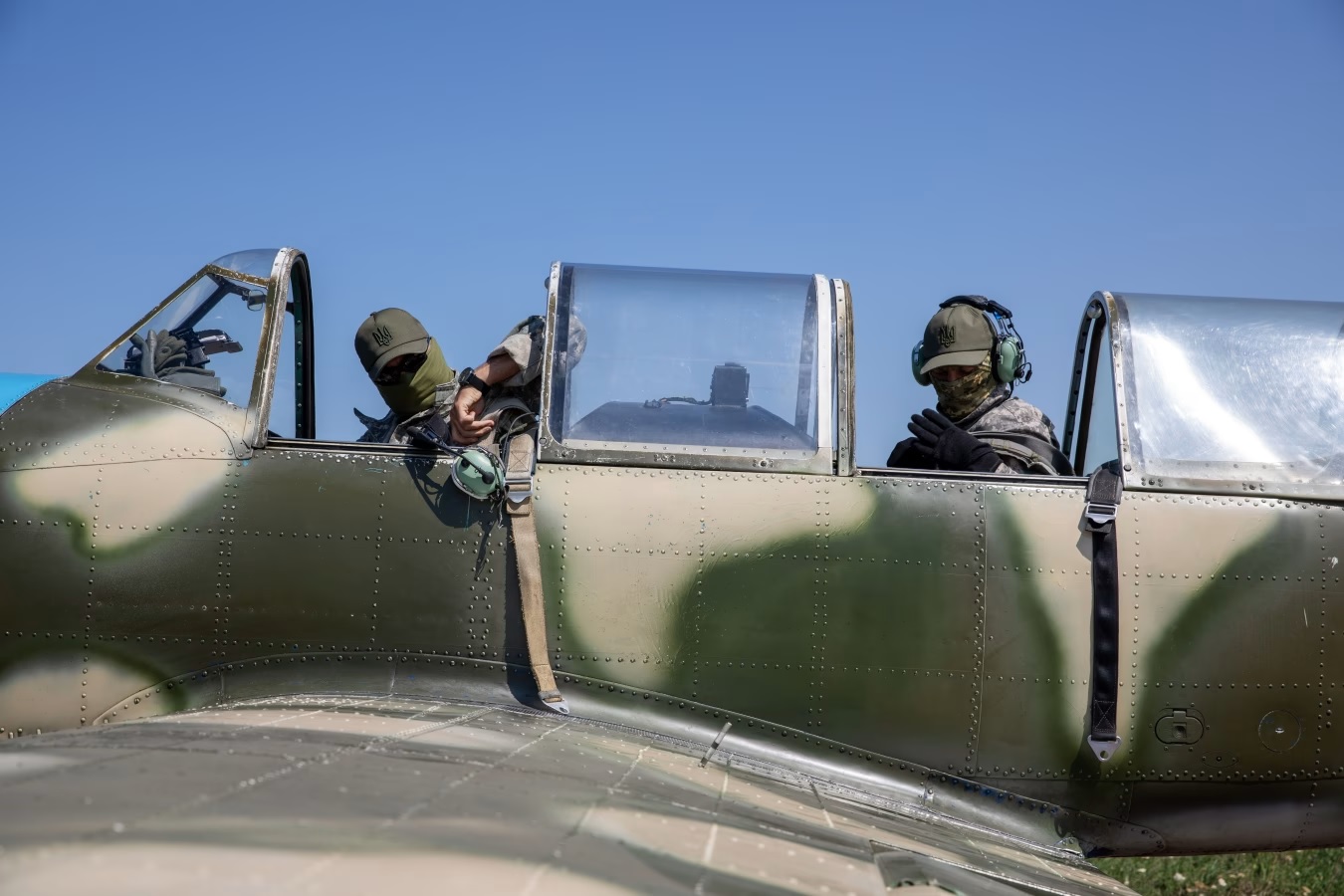 |
Two Ukrainian soldiers on a Yak-52. Photo: WSJ |
Two Ukrainian soldiers on a Yak-52. Photo: WSJ
Russia continually updates its drone technology and attack tactics. Colonel Lykhatskiy said Russia has equipped Orlan drones with rear-facing cameras, allowing them to detect approaching aircraft or missiles and take evasive action.
Last year, pilot Maestro and gunner Ninja recounted a 40-minute struggle to down an Orlan after it began circling as they approached. Maestro flew the Yak below the Orlan and tried to mirror its flight path but with a wider radius to give Ninja time to aim.
"Ready," Maestro shouted each time he brought the drone into Ninja's sights. Eventually, they hit their target, sending the Orlan crashing to the ground.
This success has made Ukraine's anti-drone squadrons targets for Russian missiles. In May of last year, their plane was targeted by a Russian anti-aircraft missile, forcing them into a rapid descent to avoid being hit. In July, commander Kostyantyn Oborin was killed when a missile struck his aircraft hangar.
Thuy Lam (WSJ)









